The 1960s was a defining decade for television, filled with feel-good sitcoms, westerns, and family-friendly dramas. But every so often, a show came along that felt like it belonged in a later era—one that pushed boundaries, tackled themes no one else dared to, or introduced ideas that wouldn’t truly be appreciated until years later. Whether they explored social issues, introduced new storytelling techniques, or simply featured concepts that felt futuristic, these shows were well ahead of their time. Let’s take a nostalgic look at 13 TV shows from the ’60s that paved the way for the future of television.
1. The Twilight Zone (1959-1964) – Sci-Fi with a Message
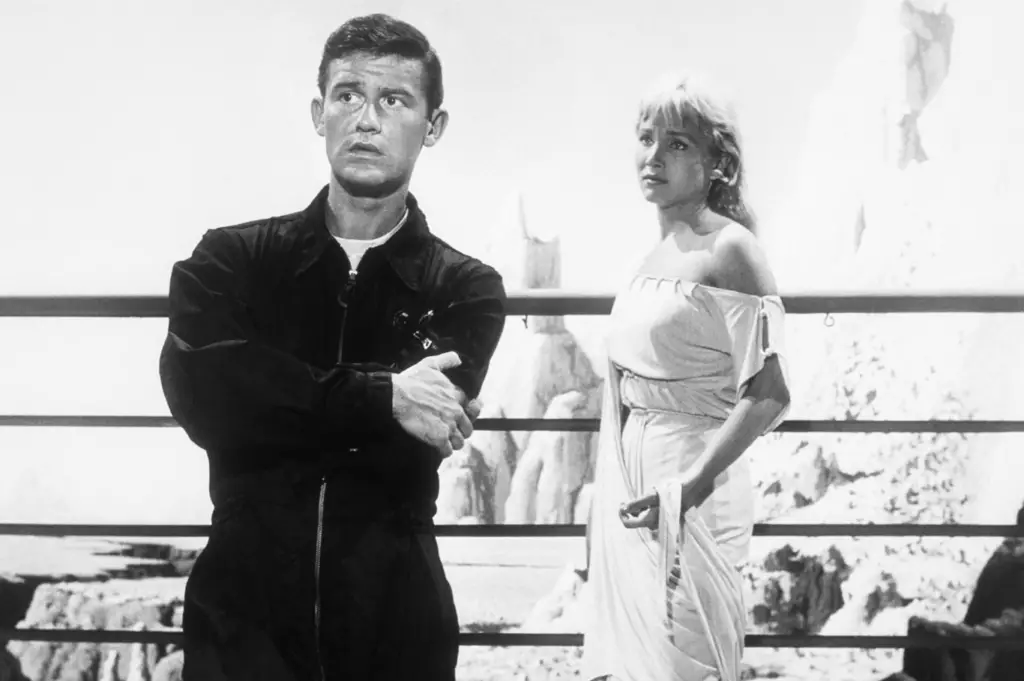
Rod Serling’s The Twilight Zone wasn’t just about eerie twists and bizarre scenarios—it was one of the most thought-provoking shows on television. Each episode was a cleverly disguised social commentary, tackling issues like war, technology, government control, and even racism, all under the guise of science fiction. While many shows of the time shied away from controversy, The Twilight Zone confronted it head-on, making audiences think twice about the world around them. It was decades ahead in terms of storytelling, proving that television could be both entertaining and intellectually profound.
2. Star Trek (1966-1969) – Diversity and Technology We’d One Day See
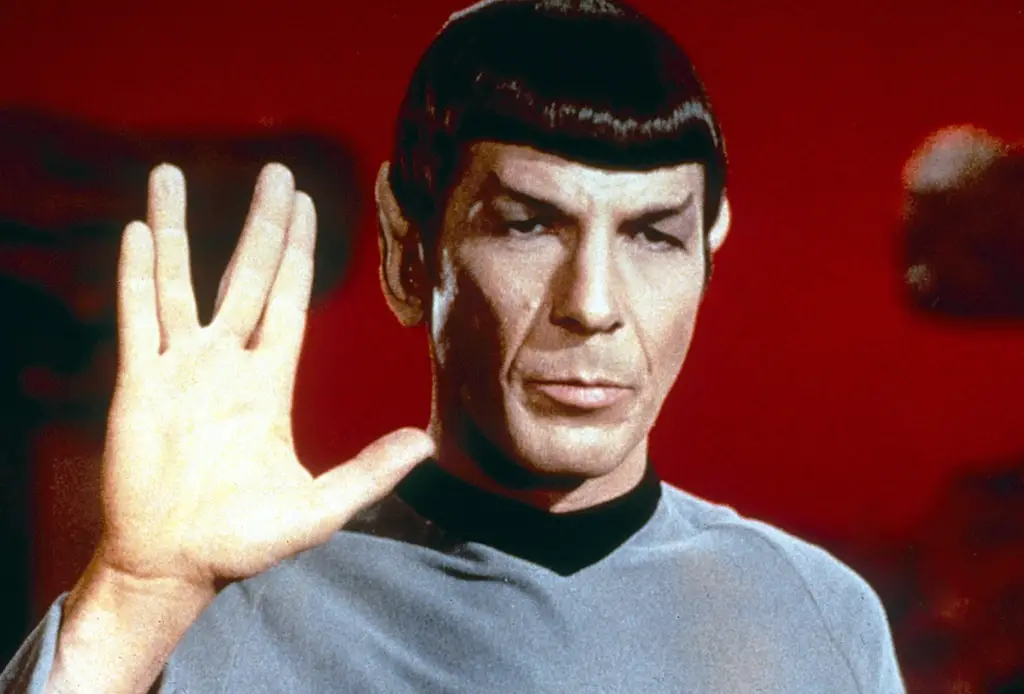
At a time when most TV casts were overwhelmingly uniform, Star Trek introduced a multicultural crew that worked together as equals. It featured the first scripted interracial kiss on American television and imagined futuristic technology that seemed like pure fantasy—yet many of its gadgets, like communicators and tablet computers, became reality. Beyond the sci-fi adventure, the show was about unity, exploring themes of tolerance and cooperation at a time when the real world was deeply divided. Though it struggled with ratings in its original run, Star Trek ultimately became one of the most influential shows of all time.
3. The Dick Van Dyke Show (1961-1966) – A Marriage That Felt Real

Most sitcoms of the era presented stiff, overly formal married couples, but The Dick Van Dyke Show gave us Rob and Laura Petrie—playful, affectionate, and refreshingly modern. Mary Tyler Moore’s portrayal of Laura broke the mold for TV wives, showing a woman who was both glamorous and sharp-witted, not just a housewife in pearls. The show also embraced clever writing and physical comedy, setting the stage for sitcoms that relied on witty dialogue rather than just laugh tracks. It was a rare example of a comedy that felt both contemporary and ahead of its time.
4. The Outer Limits (1963-1965) – Sci-Fi That Was Almost Too Real
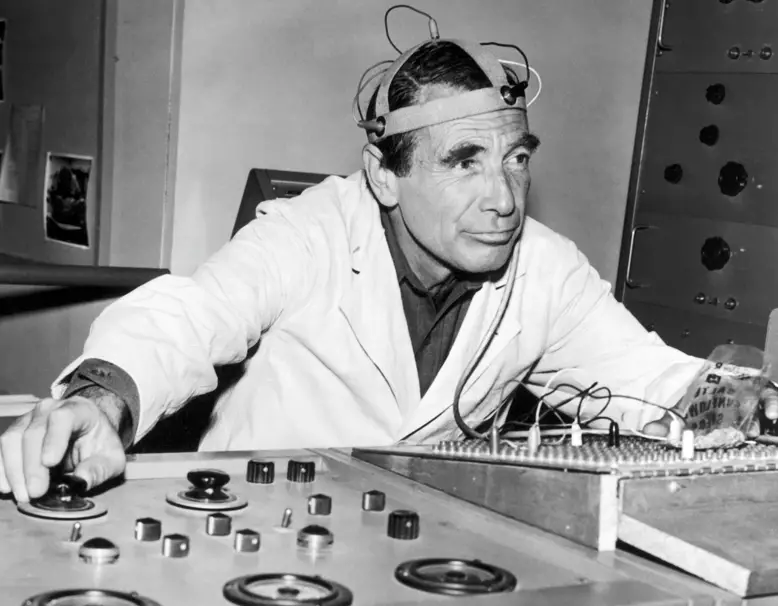
While The Twilight Zone leaned into moral dilemmas, The Outer Limits leaned into unsettling scientific possibilities. The show tackled genetic experimentation, mind control, artificial intelligence, and even alien conspiracies—ideas that would become more relevant in the decades that followed. Some of its episodes eerily predicted future technology and ethical dilemmas that we still debate today. While it was overshadowed by The Twilight Zone, its influence on science fiction storytelling can’t be denied.
5. That Girl (1966-1971) – An Independent Woman Before It Was the Norm

Marlo Thomas’ That Girl was groundbreaking because it was one of the first sitcoms to focus on a young, single, career-driven woman—not a wife or mother. Ann Marie wasn’t trying to find a husband; she was chasing her dreams in New York City, showing a level of independence that was rarely seen in female characters at the time. The show was a direct forerunner to The Mary Tyler Moore Show and other series that celebrated women standing on their own. While common today, the idea of a single woman’s life being the center of a sitcom was revolutionary in the ’60s.
6. The Prisoner (1967-1968) – A Mind-Bending Thriller Before They Were Popular
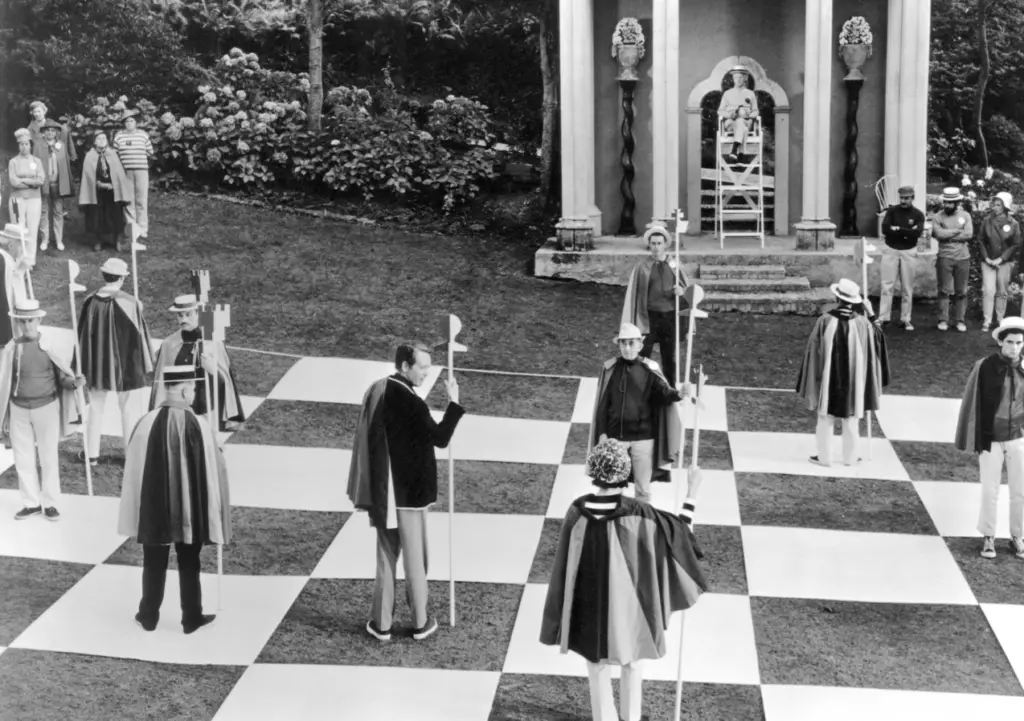
The Prisoner was unlike anything else on TV at the time—a psychological thriller about a former spy trapped in a mysterious village where nothing was as it seemed. It was filled with surreal imagery, cryptic storylines, and themes of surveillance, free will, and identity—concepts that wouldn’t become mainstream in television until decades later. Shows like Lost and Westworld owe a debt to The Prisoner for proving that audiences could handle ambiguity and deep philosophical questions in their entertainment. Even now, it remains one of the most analyzed and debated TV shows ever made.
7. Batman (1966-1968) – The First Comic Book TV Phenomenon
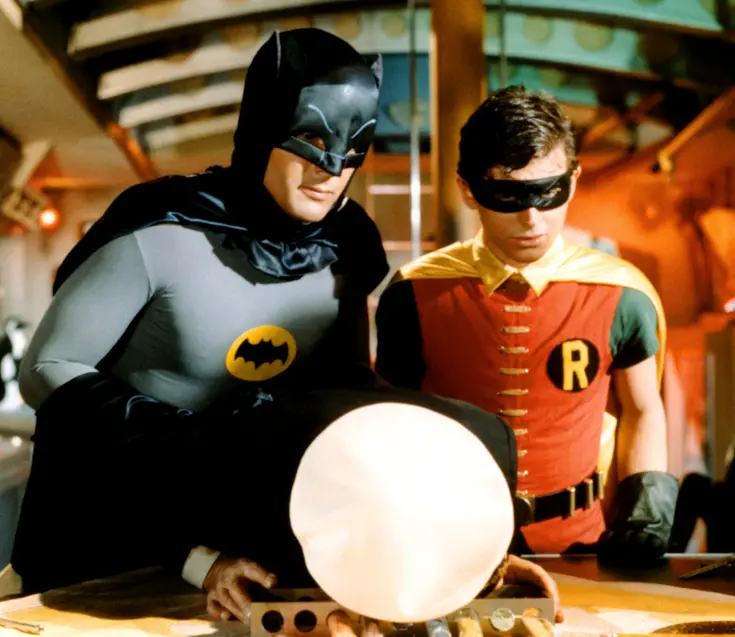
Long before superhero movies dominated pop culture, Batman brought comic book-style action to prime time. With its colorful sets, exaggerated action sequences, and campy humor, it was a self-aware parody at a time when TV took itself very seriously. While many dismissed it as silly, its influence on superhero storytelling is undeniable—proving that comic book characters could be larger-than-life pop culture icons. Decades later, the show is still a beloved cult classic, and its impact can be seen in everything from animated series to modern superhero films.
8. The Addams Family (1964-1966) – A Celebration of the Odd and Unconventional
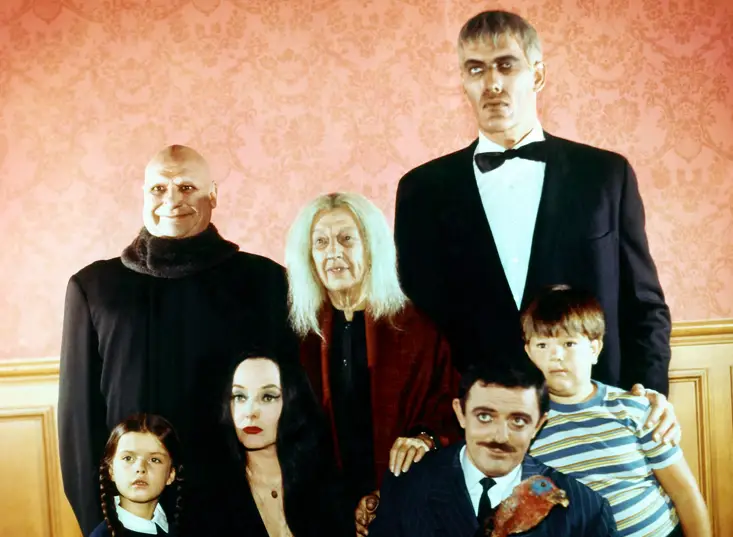
At a time when most TV families were polished and picture-perfect, The Addams Family celebrated the weird, the spooky, and the delightfully eccentric. Unlike typical sitcom parents, Gomez and Morticia weren’t strict authority figures—they were playful, affectionate, and deeply in love, showing a side of marriage that felt refreshingly modern. The show embraced outsider culture long before it became mainstream, paving the way for later shows about quirky, offbeat families. It proved that audiences could love characters who weren’t traditionally “normal”—as long as they had heart.
9. Rowan & Martin’s Laugh-In (1968-1973) – Sketch Comedy on Fast-Forward
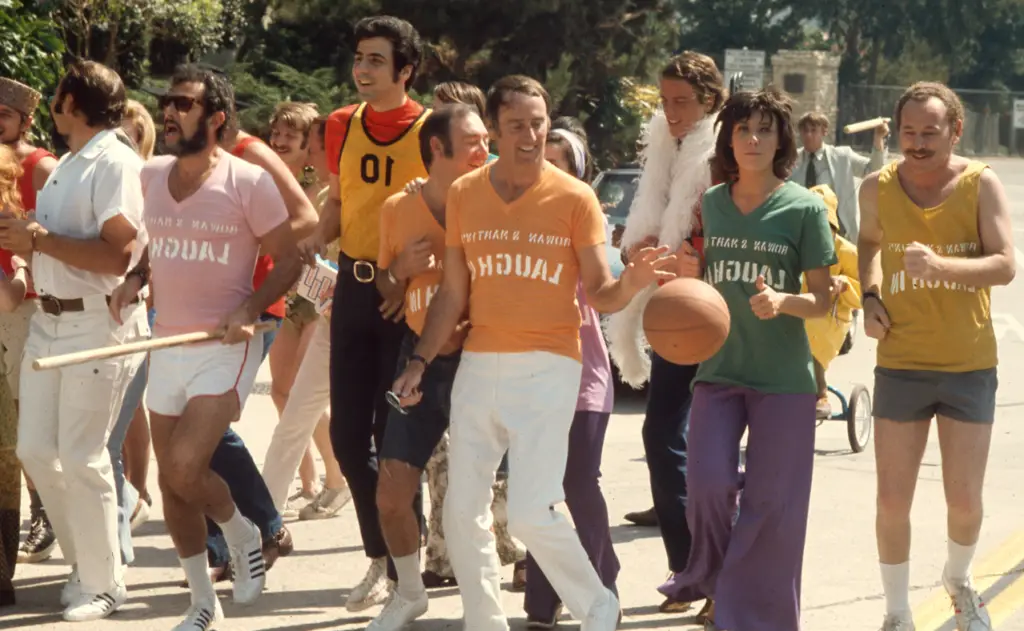
Before Saturday Night Live or The Daily Show, there was Laugh-In, a lightning-paced mix of comedy, political satire, and psychedelic visuals. It revolutionized sketch comedy with its rapid-fire jokes, unexpected celebrity cameos, and edgy humor that pushed the boundaries of network television. The show’s influence is still felt today in modern comedy, from its sharp political wit to its willingness to experiment with format. At a time when variety shows played it safe, Laugh-In embraced chaos and made it work.
10. Mission: Impossible (1966-1973) – The Birth of High-Tech Espionage
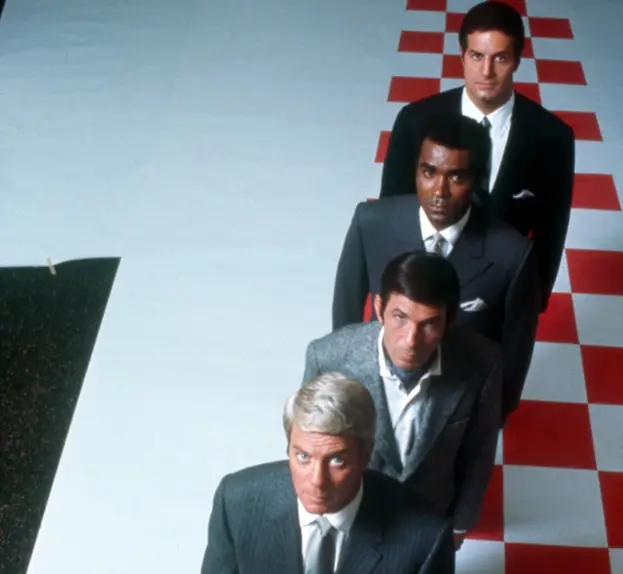
Long before spy thrillers became blockbuster franchises, Mission: Impossible introduced audiences to a team of secret agents using cutting-edge technology and elaborate disguises. It pioneered the kind of high-stakes, intricate missions that would later define movies like James Bond and The Bourne Identity. The show also featured a diverse cast working as a team, setting a precedent for future ensemble-driven action series. Its influence can still be seen today in everything from modern spy dramas to the Mission: Impossible films.
11. Dark Shadows (1966-1971) – Gothic Horror in Daytime TV
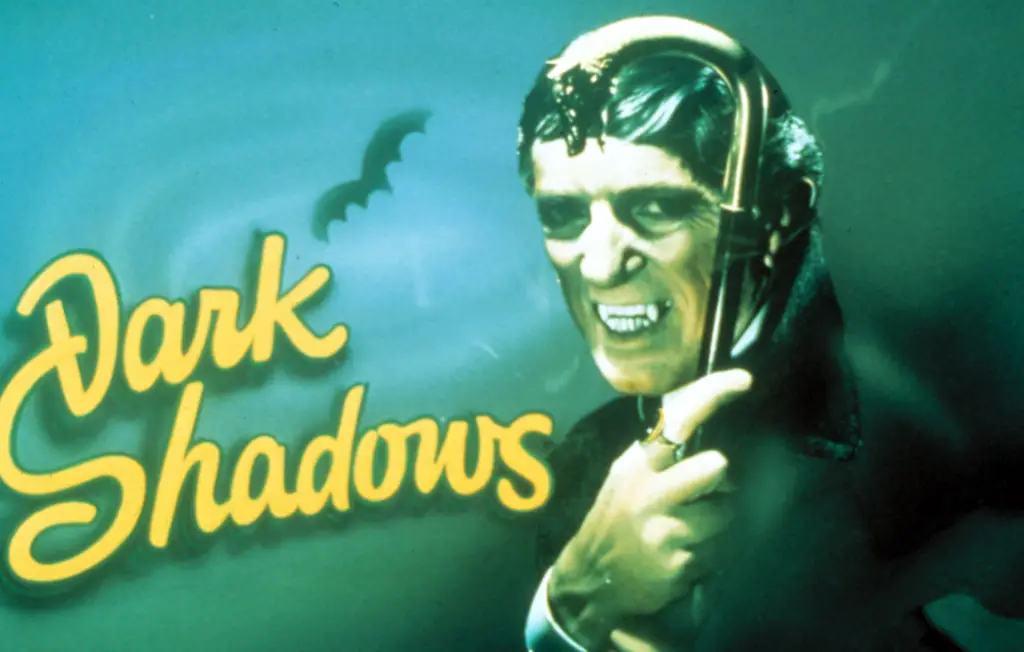
Daytime soap operas were all about romance and family drama—until Dark Shadows came along and added vampires, ghosts, and time travel. Barnabas Collins became TV’s first major vampire anti-hero, paving the way for shows like Buffy the Vampire Slayer and True Blood. It was eerie, atmospheric, and way ahead of its time in blending horror with serialized storytelling. While it may have been an afternoon soap, it played by its own rules.
12. I Spy (1965-1968) – The First Interracial Buddy Show
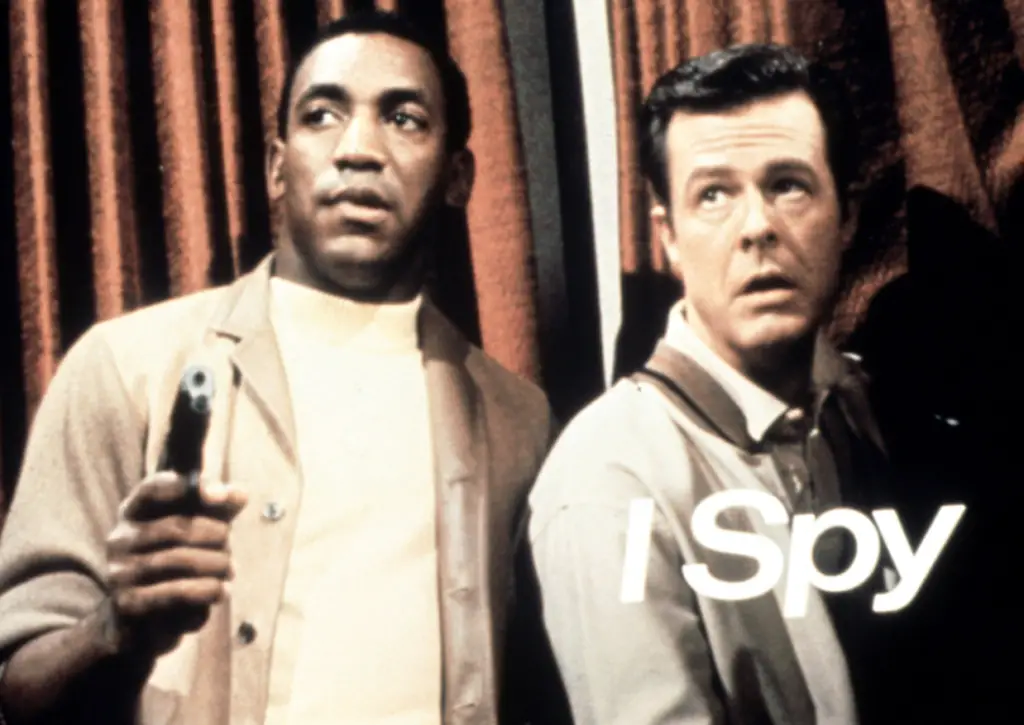
Before Starsky & Hutch or Lethal Weapon, I Spy broke new ground by featuring an African American lead—Bill Cosby—paired with a white co-star, Robert Culp. At a time when network TV was hesitant to feature Black actors in lead roles, I Spy proved that an interracial team could not only work but thrive. It tackled serious issues of race and politics while still delivering top-notch espionage action. The show quietly broke barriers and changed the way TV handled race.
13. The Smothers Brothers Comedy Hour (1967-1969) – Pushing Censorship to Its Limits
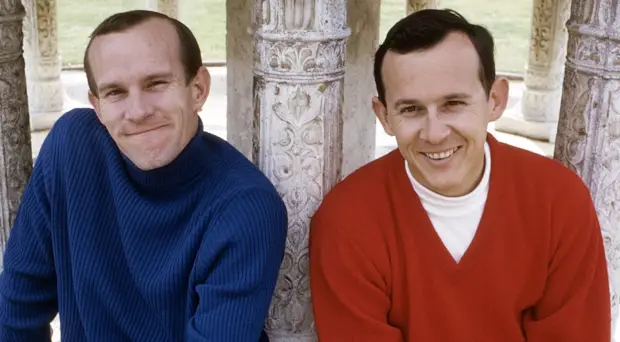
At a time when TV avoided political controversy, The Smothers Brothers Comedy Hour tackled everything from the Vietnam War to free speech. Its satirical humor and counterculture sensibilities made it a hit with young audiences but a headache for network censors. The show was ultimately canceled due to its unwillingness to tone down its messages, but its legacy paved the way for future political satire on TV. Today, it’s remembered as one of the boldest and most rebellious shows of its time.


